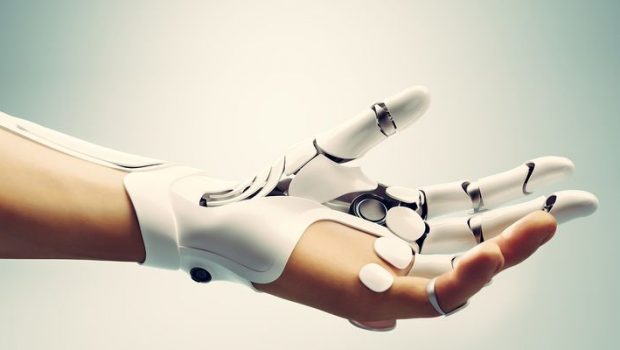Biomedical Engineers Develop Technology to Register Neural Activity with Light
Electrical and biomedical engineers from the University of New South Wales (UNSW) Sydney have developed technology to measure neural activity with light rather than electricity. This technology could revolutionize biomedical devices, such as prosthetics. The team’s research was published in the Journal of Neural Engineering.
While conventional electrodes are currently our best option for registering brain signals and have facilitated a lot of progress themselves, there are several drawbacks associated with them. For instance, electrodes can only be shrunken down so far. This limits how streamlined and smoothly integrated a biomedical device can be. Additionally, electrodes that are placed too closely together interfere with each other due to their proximity, a phenomenon known as “crosstalk.”
The light-based “optrodes” developed by lead author François Ladouceur, professor at UNSW Sydney, and his team may bypass the issues afflicting electrodes without compromising performance. “The real advantage of our approach,” Ladoucear said in a UNSW news release, “is that we can make this connection very dense in the optical domain and we don’t pay the price that you have to pay in the electrical domain.”
In their study, Ladouceur and his team tested their optrode by connecting one to the sciatic nerve of an anaesthetized animal. They then stimulated the nerve with a small electrical current and confirmed that the neural signals were captured by the optrode. The team repeated the test with a conventional electrode, then compared the optrode’s record to the electrode’s record. The nerve responses were virtually identical. There was more noise in the optrode’s response, but Ladouceur expects that issue will be ironed out with further research and development.
Using optrodes in prosthetics and brain-computer interfaces
Ladouceur and his team hope that their optrodes could be used to develop prosthetic limbs that are much more sophisticated than current options. Because it’s possible to pack many more optrodes onto a small surface area than electrodes without any crosstalk, it’s theoretically possible that optrode prosthetics could connect to thousands of nerves and offer much more precise control. To accomplish that, optrodes would have to work bidirectionally—that is, receiving signals from the brain and sending signals back to the brain. Ladouceur and his team are publishing research demonstrating bidirectional optrodes in the near future.








Gloss